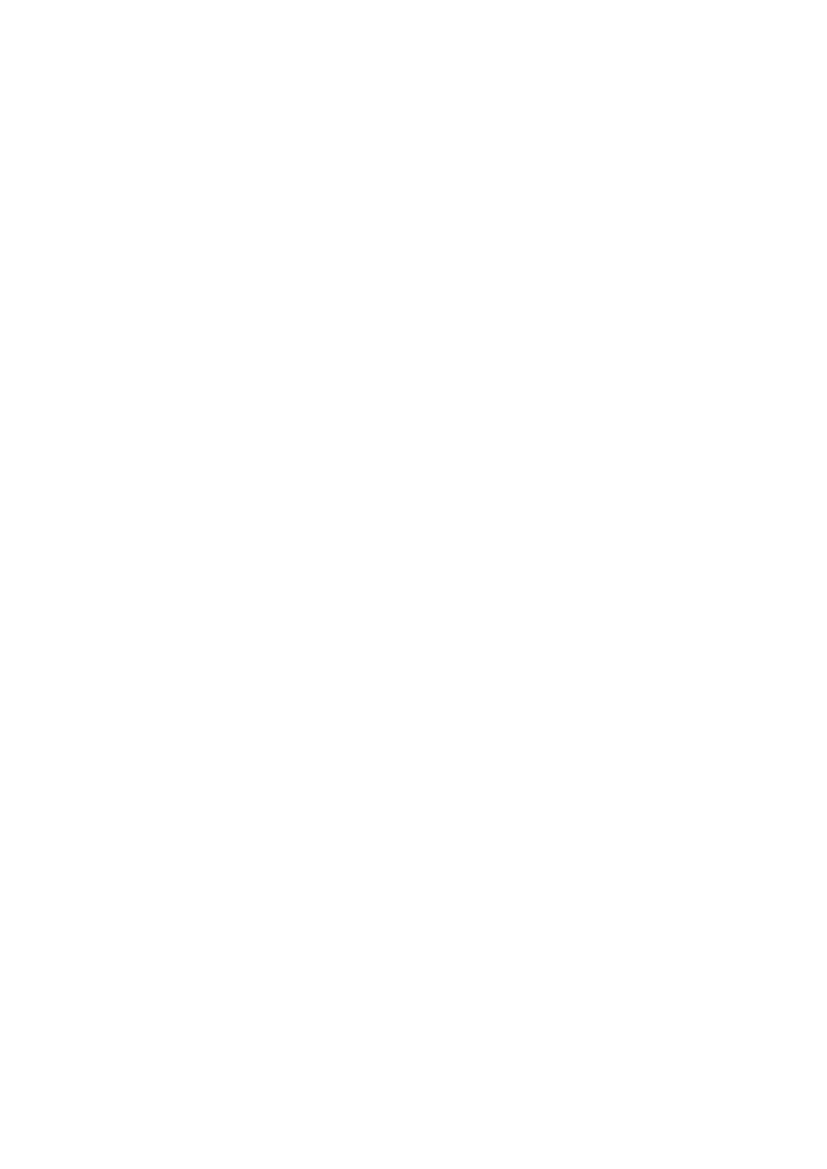Sundheds- og Forebyggelsesudvalget 2011-12
SUU Alm.del
Offentligt


Oversigt over landesvar.Slovenien:In Slovenia, there is no special reimbursement schemes for orphandrugs. If they are reimbursed, they are usually reimbursed 100 % by compulsoryhealth insurnace as are drugs for diabetes, cancer etc.Norge:Medicines for dangerous contagious illnesses – Schedule 4. A reimburse-ment system has also been established to ensure that all patients with seriouscommunicable diseases are given adequate treatment without costs to the patient.There is no patient co-payment for these medicines. Medicines used to treat, e.g.HIV/AIDS or tuber-culosis are reimbursed in this category. Also, vaccines againstcommunicable diseases are reimbursed. All medicines with ATC-code J (i.e. antiin-fectives for systemic use) or L03A (immunostimulants) are automatically included1in this schedule. No further application is necessary to obtain 100% reimburse-ment. Long-term treatment is not a prerequisite for Schedule 4.Malta:In Malta all medicines available on the Government Formulary List are pro-vided entirely free of charge. There are no special reimbursement schemes.Finland:Drugs in the Special Refund Categories. The Higher Special Refund Ca-tegory consists of 34 diseases that are, according to medical criteria, considered tobe serious and chronic and where drug treatment is necessary for the patient andwhere the drug restores or replaces normal bodily functions. Drugs used to treatdiabetes mellitus or malignant diseases are examples of drugs belonging to theHigher Special Refund Category. The purchase or reference price of a medicinalproduct is reimbursed to the patient in full (100%), including the pharmacy’s pro-cessing fee. The patient pays a non-reimbursable sum of EUR 3.00 per transactionfor each medicinal product in the Higher Special Refund Category. In addition, thepatient will also pay any part of the medicine price exceeding the reference price.The Lower Special Refund Category consists of 10 diseases that are, according tomedical criteria, considered to be serious and chronic. The most common diseasesin this group are hypertension, asthma and coronary heart disease. Seventy-twoper cent of the purchase price or reference price (including the pharmacy’s proces-sing fee) of a medicinal product belonging to the Lower Special Refund Category isreimbursed to the patient.Spanien:In Spain, we have a reduced patient contribution fee for chronic diseasesmedicines included in defined ATC groups. This fee accounts for 10% of the retailprice instead of the normal 40%-60% copayment to be fixed from the new regula-tion (before 40%).Litauen:100 % tilskud til livsvigtigt medicin1
ATC-Groups:1. DRUGS USED IN DIABETES "A10"2. Antiandrogens "G03HA01"3. GLYCOGENOLYTIC HORMONES lyf "H04A"4. ANTINEOPLASTIC AND IMMUNOMODULATING AGENTS "L"5. ANTICHOLINERGIC AGENTSlyf "N04A"6. ANTIPSYCHOTICS "N05 A"7. ANTIGLAUCOMA PREPARATIONS AND MIOTICS "S 01 E"
Side 2
Østrig:In Austria all drugs listed in the EKO (code of reimbursement) are fullyreimbursed, except for a co-payment amounting to € 5,15 (effective 2012). Patientscan be exempted for social reasons or if they suffer from diseases which are com-municable and must be reported (M.I.R: morbus infectiosus referendus).Nederlandene:In the Netherlands all essential/vital/lifesaving drugs are reimbur-sed. There is no special or more favourable reimbursement then what applies toother drugs. We do have a maximum price system that is based on the prices inGermany, Belgium the UK and France. Furthermore we have a pharmaceuticalreimbursement system. These to tools apply to all pharmaceuticals.Belgien:In general in Belgium, lifesaving, vital drugs are 100% reimbursed.England:In the UK, the great majority of new prescription medicines are grantedautomatic full (100%) reimbursement on the NHS. There is a small number on anegative list. There are no special concessions in relation to essential medicines,although sometimes companies will supply unlicensed medicines free of charge.Island:In Iceland we have three differen general reimbursement rates, dependingon disease. A. Group "*“, reimbursement rate is 100%.


